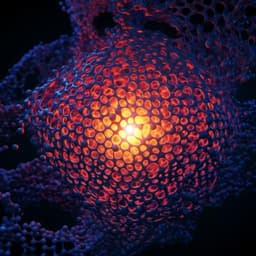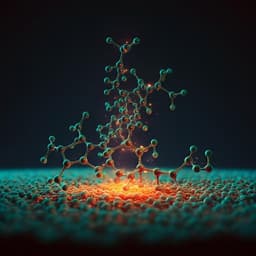
Chemistry
Synthesis and assembly of extended quintulene
H. Hou, X. Zhao, et al.
Delve into the world of quintulene, a non-graphitic cycloarene with exceptional fivefold symmetry. This research by Hao Hou and colleagues uncovers the synthesis of extended quintulene, offering insights into its entropy-driven dimerization process and unique optical properties. Discover how this naturally curved nanocarbon showcases its complex bilayer structure and H-type interlayer coupling.
Playback language: English
Related Publications
Explore these studies to deepen your understanding of the subject.







